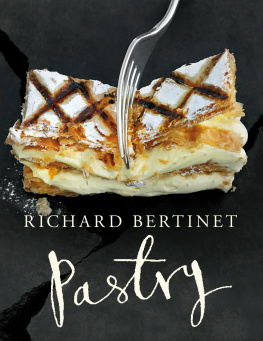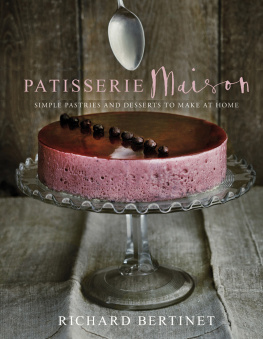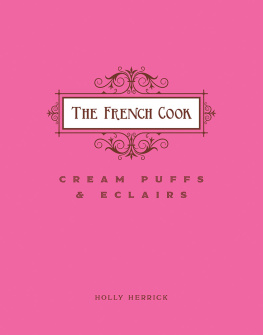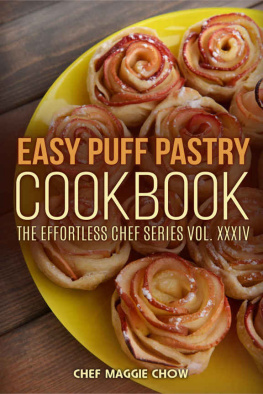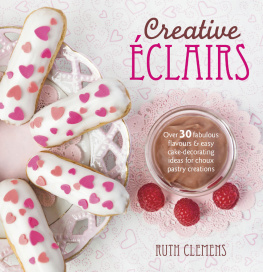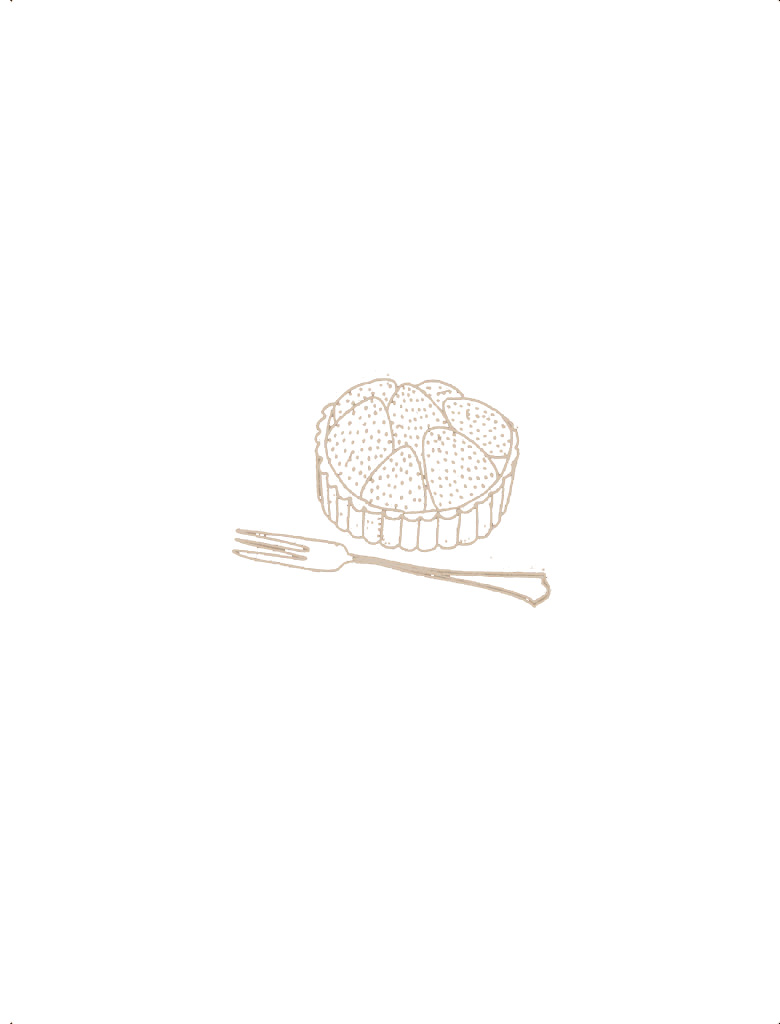Contents
List of Recipes
About the Book
In his bestselling book Dough Richard Bertinet demystified bakings biggest challenge and proved to hundreds of thousands of us that putting a homemade loaf on the table is not oly a joy but easy to do. Now Richard is tackling another common baking blindspot how to make good pastry, with no fuss and no failures!
Using clear, simple instructions and step-by-step photography, Richard teaches you how to make four different types of pastry savoury, sweet, puff and choux before you put your skills into practice and rustle up his mouthwatering collection of over 50 recipes.
He also answers all the questions that sometimes cause pastry-making to seem daunting, including:
What is blind baking?
How long should I rest my pastry?
How can I avoid the dreaded soggy bottom?
From Duck Pie, Mushroom and Spinach Quiche and Sausage Rolls to Chocolate Cherry Tart and Passion Fruit Cheesecakes, this book is essential for every budding baker.
About the Author
Originally from Brittany, Richard Bertinet trained as a baker from the age of 14. Having moved to the UK in the 1980s, he is now very much an Anglophile.
With 20 years experience in the kitchen, baking, consulting and teaching, Richard moved to Bath in 2005 to open The Bertinet Kitchen cookery school. The school attracts people from all over the world to participate in Richards classes and has been highly praised, including recognition by US Gourmet magazine and the television series Adventures with Ruth [Reichl], in which it featured as one of the best cookery schools in the world.
As well as instilling passion through his teaching, Richard works as a consultant for major manufacturers developing speciality products throughout the industry.
The Bertinet Bakery started life as a weekly pop-up shop above the cookery school in 2007 but has grown to a much larger affair producing breads and pastries for restaurants, hotels and food stores in the South West and supplying the bakerys own shops in Bath with more to come further afield. The bakerys signature sourdough loaf was the winner of the Soil Associations award for Best Baked Good in 2010 and 2011.
Richards first book Dough received a host of accolades including the Guild of Food Writers Best First Book Award, the Julia Child Award for Best First Book, a James Beard Award for Best Book Baking & Desserts and the International Association of Culinary Professionals Cookery Book of the Year Award. His second book Crust was also published to critical acclaim and received a World Gourmand Award. His third book, COOK, focused on many of the dishes taught at the cookery school.
Richard was named as the BBC Food Champion of the Year 2010 at the BBC Food & Farming Awards.
For more information about Richard, The Bertinet Kitchen and The Bertinet Bakery visit www.bertinet.com
For my beautiful family and chief tasters: Jo, Jack, Tom and Lola Maude
Introduction
When I wrote my first book, Dough, my aim was to show people that bread-making is for everyone, and should be fun, not daunting and complicated, which has been the previous experience of many people who come to my classes at the Bertinet Kitchen. Now this book aims to do the same for pastry, because I realise that people are often just as scared of making pastry as bread. There is an idea that some people are just naturally good pastry-makers, or that you can only make great pastry if you have cold hands. I dont believe that. Anyone can make fantastic pastry, and I will show you how.
Along the way I will also talk you through resting and rolling pastry, and baking blind. This last technique simply involves baking a pastry case in the oven without a filling, but the idea seems to cause a lot of confusion. I am constantly asked: Why do you do it? How brown should the pastry be? If you bake it blind, then put in a filling and bake it for another half hour or so, will the pastry burn? How do you stop the pastry from cracking and shrinking in the oven? I will answer all these questions and many more.
One of the reasons that pastry-making can seem challenging is that there are so many different names you are likely to come across, from shortcrust to sweet shortcrust or rich shortcrust, puff, rough puff, pte brise, pte feuillete, flaky, choux, suet and hot-water crust. My advice is not to worry about most of these. When you start baking at home, you dont need to master a dozen different kinds of pastry in order to make beautiful pies and tarts to feed the family and impress your friends. Like anything you learn in life, it makes sense to get the basics right and build your confidence, then you can become more adventurous later on. So for this book I have narrowed everything down to just four main categories of pastry, and devoted a chapter to each type.
I call the principal ones simply salted and sweet because these are the names we used in the bakery where I did my apprenticeship in my native France: sal (meaning salted) for the savoury pastry (not because it contains a lot of salt), and sucre (literally sugared) for the sweet pastry. It was so straightforward. These are the all-purpose shortcrust pastries that you can use for any pie or open tart, and they are made using the same method.
As I have said, I try to keep things simple, but at the end of the Salted chapter I have added a recipe for pork pies made with hot-water crust, which is a pastry used only for making raised pies, the kind you eat cold. I have included it because most people I know love pork pies, but think they are tricky to make because traditionally they are hand raised, i.e. the pastry casing is formed by hand. My recipe is very straightforward and offers a much easier way of making the pies.
The fourth and fifth chapters are about pastries that are both light and airy, but have different characteristics and involve two very different techniques. Puff pastry is all about rolling and folding to create layers with air trapped between them so that in the oven this air expands and the pastry literally puffs up (think of cream slices or vol-au-vents). By contrast, choux pastry, which is used for things such as profiteroles, involves making a batter with the texture of very thick custard. The moisture in the dough creates steam in the heat of the oven and puffs out the pastry, making it quite hollow and airy.
These four pastries are all you need to start to create a wealth of tarts and pies, and even biscuits. And I also explain how to present and decorate fruit tarts in the artistic way that makes the displays in French bakeries look so stunning.
Just as Dough encouraged everyone to make bread-making part of the routine of feeding family and friends, I hope that this book will do the same for pastry, and that by keeping things simple and starting from just four key recipes, you can relax, enjoy yourself, bake with confidence, and perhaps even show off a little bit.
1 The Pastries
In this chapter I explain how to make four basic pastries salted, sweet, puff and choux, which are all you need to make the recipes in , and to make virtually any other pastry dish you can think of. Its a good idea always to make at least double quantities of salted, sweet and puff pastry and freeze what you dont use, so you will always have some pastry on hand to make a comforting pie or an impressive-looking tart.
Next page
